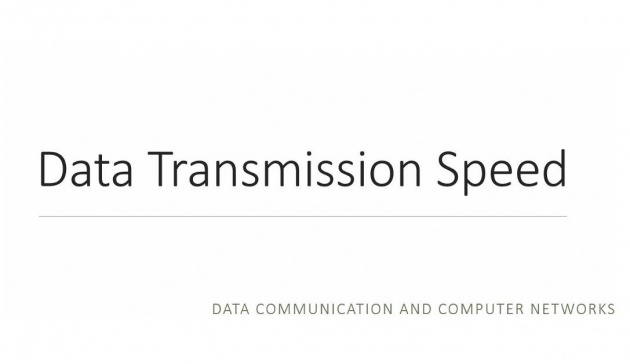
Bandwidth of a communication system refers to its data transfer rate ( amount of data that it can transfer per unit of time). It is analogous to a road's width. Wider a road, the more traffic it can handle in a given time. Similarly, higher the bandwidth of a communication system, the more data it can transfer in a given time.
Bandwidth is measured in bits per second , also called baud. Generally, baud is identical to bits per second, hence a rate of 300 baud means 300bps. However, technically, baud refers to number of signal changes per second.

Based on data transmission speeds, there are three basic categories of communication channels (paths):
Narrow band:
Narrow band or sub-voice grade channels have speed in the range of 45 to 300 baud. Low-speed devices and communication systems for low data volumes use narrow channels.
Voice-band:
Voice-band channels have speed up to 9600 baud. Their major application is ordinary telephone voice communication, hence the name "voice-band". Communication systems for data transmission from slow I/O devices to CPU or vice versa use voice-band channels.
Broadband:
Broadband channels have speed of 1 million baud or more. Communication systems for transmission of large volumes of data at high speed ( such as high speed computer to computer communication or data transmission to several different devices simultaneously ) use broadband channels.
Cost of data transmission service increases with speed. Hence, a thorough analysis of business needs and associated costs is necessary to make a proper choice of communication channel for an application.
by Amir's



